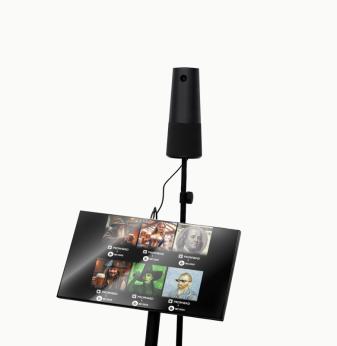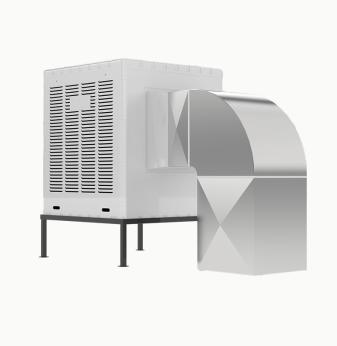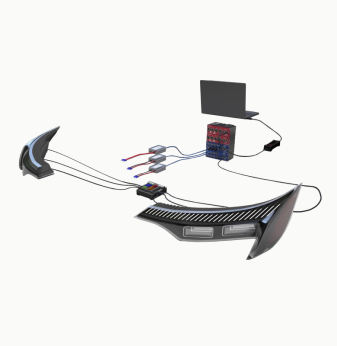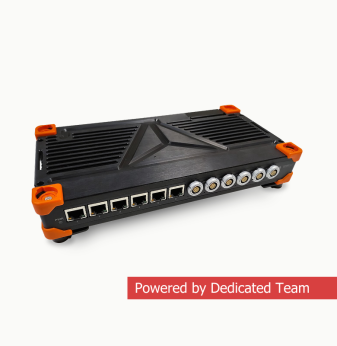Moving Beyond Legacy: How to Migrate Embedded Devices to Multicore Systems
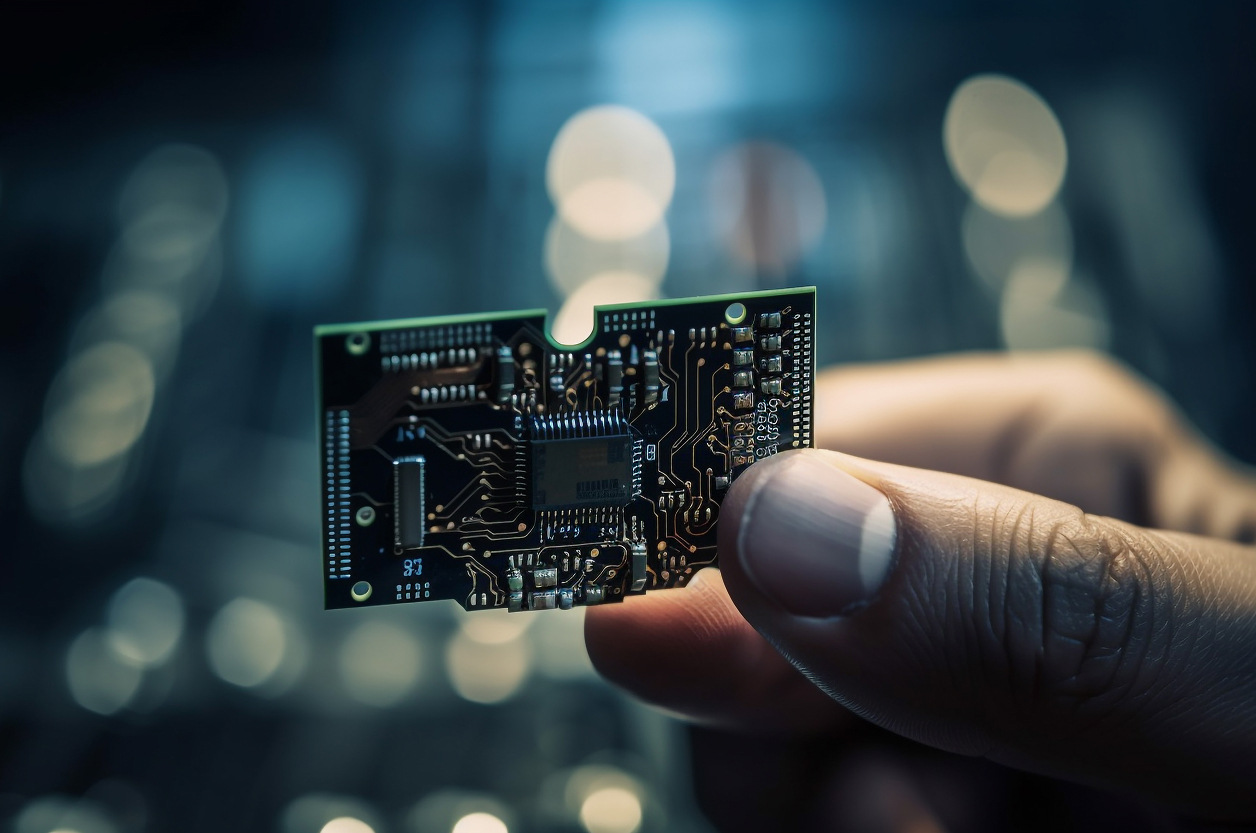
The Shift from Simplicity to Scalability
For decades, single-core microcontrollers (MCUs) were the backbone of embedded design. They powered everything from washing machines to industrial controllers, offering predictable performance and low power consumption.
But today’s embedded world is far more demanding. Devices are connected, intelligent, and expected to process multiple tasks in real time — from sensor fusion to AI inference, connectivity, and security monitoring.
Legacy MCUs, once reliable workhorses, now struggle to handle modern workloads. This is driving a steady migration toward multicore systems — platforms that combine several processing units, often heterogeneous, to split tasks and achieve higher throughput.
The transition, however, isn’t as simple as swapping chips. It’s a complex engineering process that requires balancing performance, determinism, software compatibility, and safety.
Why Companies Move Away from Legacy MCUs
Many embedded products built a decade ago still run perfectly fine — but they’re reaching their limits. There are several triggers that push teams to migrate:
- Performance ceilings. Old 8-bit and 16-bit MCUs can’t handle modern signal processing, graphics, or communication stacks.
- End-of-life (EOL) components. Semiconductor vendors are discontinuing legacy MCU families, forcing redesigns.
- Connectivity and integration. Modern systems need Ethernet, USB, or wireless protocols that old MCUs simply don’t support.
- Software complexity. With IoT, security, and AI features on the rise, software now outgrows the single-threaded model.
- Safety and compliance. New standards (ISO 26262, IEC 61508, etc.) demand stronger isolation between safety-critical and non-critical functions.
In short, legacy MCUs can no longer evolve with product requirements. Migration to multicore architectures becomes not a choice — but a necessity for staying competitive.
What “Multicore” Means in Embedded Context
In consumer electronics, multicore typically means symmetric multiprocessing — multiple identical cores sharing memory. But in embedded design, the story is broader.
Modern SoCs often combine:
– Heterogeneous cores (e.g., ARM Cortex-A + Cortex-M).
– Dedicated accelerators for DSP, AI, or vision tasks.
– FPGA or programmable logic for parallel workloads.
This hybrid approach allows teams to distribute workloads intelligently. For example, one core can handle real-time control, another runs Linux for UI and networking, while a DSP core accelerates audio or vision algorithms.
The result is a scalable system that can support everything from low-level signal loops to high-level application logic — all on one chip.
Key Benefits of Migrating to Multicore
- Parallel execution: Separate tasks like control, communication, and visualization can run independently.
- Improved responsiveness: Real-time cores maintain determinism while application cores handle heavy processing.
- Energy efficiency: Workload distribution allows dynamic power management and idle-core shutdown.
- Security and safety: Hardware isolation between cores enables safer architectures under functional safety standards.
- Longer lifecycle: Multicore platforms provide a future-proof foundation for evolving software stacks.
Essentially, migration future-proofs embedded products against obsolescence while opening doors to advanced functionality such as AI at the edge or predictive maintenance analytics.
Migration Isn’t Just Hardware Replacement
When teams hear “migration,” they often think of dropping in a more powerful processor. In practice, it’s a system-level transformation.
Hardware and software are deeply interdependent. A successful migration requires redesigning how the entire device operates — from task scheduling to memory management and interrupt handling.
Below are the main layers to consider.
1. Hardware Platform Redesign
Switching from a single-core MCU to a multicore SoC often requires a new board layout and updated peripheral integration. Engineers must plan for:
– New power domains and voltage rails for multiple cores.
– Memory hierarchy: shared vs. dedicated RAM for each processing unit.
– Interconnects: such as AXI, NoC, or high-speed buses for internal communication.
– Debug and trace: using JTAG or SWD across cores simultaneously.
Choosing the right SoC also involves trade-offs between cost, performance, and toolchain support. Vendors like NXP, STMicroelectronics, and Texas Instruments now offer hybrid solutions that ease this transition with companion microcontrollers or cross-compatible SDKs.
2. Real-Time Operating System (RTOS) Migration
Legacy systems often run bare metal or lightweight RTOS environments like FreeRTOS or ThreadX. In multicore systems, this layer must evolve.
Some cores may continue using an RTOS for real-time tasks, while others run Linux or another general-purpose OS. Synchronizing them requires inter-processor communication (IPC) mechanisms, shared memory, and mutual exclusion management.
Developers must ensure deterministic timing on the real-time side even as the system grows more complex. Technologies like OpenAMP, RPMsg, or VirtIO enable communication between heterogeneous cores while maintaining isolation.
3. Software Partitioning and Scheduling
The biggest challenge in migration is deciding which task goes where.
Control loops, motor drivers, or safety-critical logic typically stay on deterministic cores. Non-critical workloads like UI, networking, or diagnostics move to higher-level cores.
This requires rearchitecting the codebase into separate modules or services with clear interfaces. In some cases, rewriting or refactoring decades-old firmware becomes unavoidable.
Static and dynamic scheduling strategies also change. Engineers must ensure that synchronization, message passing, and timing constraints don’t introduce race conditions or jitter.
4. Toolchain and Debug Adaptation
New platforms mean new compilers, IDEs, and debuggers. Teams used to working in simple environments must now handle multi-context debugging and mixed instruction sets.
A common pitfall is underestimating the learning curve. Integrating build systems, version control, and continuous integration pipelines is essential to maintain productivity.
Emulators and simulators can accelerate early development before hardware prototypes are available, allowing parallel work across teams.
5. Validation and Testing
Testing multicore systems is more complex because concurrency introduces non-deterministic behavior. Traditional unit testing isn’t enough.
Teams should introduce:
– Stress and load tests for synchronization issues.
– Real-time performance benchmarks under various workloads.
– Fault injection and timing analysis to validate safety compliance.
Hardware-in-the-loop (HIL) setups can simulate sensors and actuators for realistic testing without physical prototypes.

Overcoming Common Migration Challenges
- Timing unpredictability: Shared memory and caches can cause latency spikes. The solution is to isolate critical tasks on deterministic cores.
- Code refactoring overhead: Legacy firmware may rely on outdated compilers or inline assembly. Using abstraction layers simplifies adaptation.
- Integration risks: Combining Linux and RTOS environments can lead to boot or communication issues. Staged integration and IPC diagnostics mitigate them.
- Knowledge gaps: Many teams lack multicore experience. Early training and vendor support are essential.
Migrating isn’t a one-time project; it’s a strategic transformation requiring both engineering and organizational adaptation.
Leveraging Virtualization and Containerization
Some advanced automotive and industrial platforms use hypervisors or microkernels to partition workloads across cores securely.
This approach enables multiple operating systems to coexist — for example, QNX or Zephyr handling safety tasks while Linux manages infotainment or connectivity.
Virtualization also simplifies certification because it provides isolation by design. As multicore adoption grows, this technique becomes a cornerstone for building mixed-criticality systems under ASPICE or ISO 26262 standards.
Case Example: From Single-Core MCU to Hybrid SoC
Consider a company producing industrial motor controllers based on a legacy 32-bit MCU. The new generation product requires predictive maintenance, remote updates, and AI-driven fault detection.
The engineering team migrates to an SoC with two ARM Cortex-A cores and one Cortex-M core. Here’s how the system evolves:
– The Cortex-M core continues handling deterministic control loops under RTOS.
– One Cortex-A core runs a lightweight Linux for communication and updates.
– The second Cortex-A core processes sensor data with an embedded AI engine.
Using a shared memory bridge, all cores communicate seamlessly. Latency-sensitive control logic remains unaffected, while the system gains cloud connectivity and predictive analytics capabilities.
This hybrid model demonstrates how multicore architectures allow incremental evolution — without compromising stability.
The Hidden Advantage: Future-Proofing the Codebase
Beyond immediate performance gains, multicore migration brings long-term software benefits.
Modern toolchains, middleware, and APIs enforce modularity, making code easier to scale and maintain. Engineers can introduce new features without rewriting the entire firmware.
This modularity also supports reuse across product lines, reducing development cycles and ensuring consistent behavior across different hardware generations.
Ultimately, moving to multicore is about building for longevity, not just speed.
Cost and ROI Considerations
While migration involves upfront engineering effort, the total cost of ownership often decreases over time.
– Reduced maintenance: modern toolchains and unified SDKs simplify long-term support.
– Component availability: newer SoCs have longer production lifespans.
– Market differentiation: enhanced performance enables premium features that justify higher pricing.
ROI typically becomes visible after the first or second product iteration, once teams fully leverage the new architecture.
Preparing the Organization
Technical migration is only half the battle. Teams must also align workflows and competencies.
– Cross-functional collaboration: hardware, firmware, and software teams should work concurrently, not sequentially.
– Training and documentation: invest early in multicore programming education.
– Vendor partnerships: collaborate with chip suppliers for SDK optimization and hardware validation.
Companies that treat migration as an engineering culture shift, not just a hardware refresh, see the greatest long-term gains.
What’s Next for Embedded Architecture
As embedded systems evolve, multicore architectures will continue to diversify. Heterogeneous designs combining CPUs, GPUs, and dedicated accelerators are becoming the new standard — even in cost-sensitive products.
Software frameworks like OpenAMP, ROS 2, and Yocto-based distributions will make heterogeneous systems easier to develop and maintain.
Meanwhile, chipmakers are already exploring chiplet-based SoCs and neural processing units (NPUs) to further boost efficiency in AI-enabled edge devices.
The migration from legacy MCUs is just the beginning of a much broader transformation — one where embedded systems become the backbone of intelligent, connected industries.
AI Overview
Key Applications: migration of legacy MCU systems to multicore SoCs, heterogeneous embedded design, industrial automation, automotive ECUs, and connected IoT devices.
Benefits: improved performance, scalability, and energy efficiency; future-proof software architectures; faster feature integration.
Challenges: software partitioning, real-time synchronization, toolchain adaptation, and training teams for multicore development.
Outlook: As single-core MCUs phase out, multicore and heterogeneous SoCs will dominate embedded design, merging real-time control, connectivity, and AI into unified, scalable systems.
Related Terms: heterogeneous computing, OpenAMP, real-time scheduling, hardware-in-the-loop testing, software-defined devices, legacy modernization.
Our Case Studies

